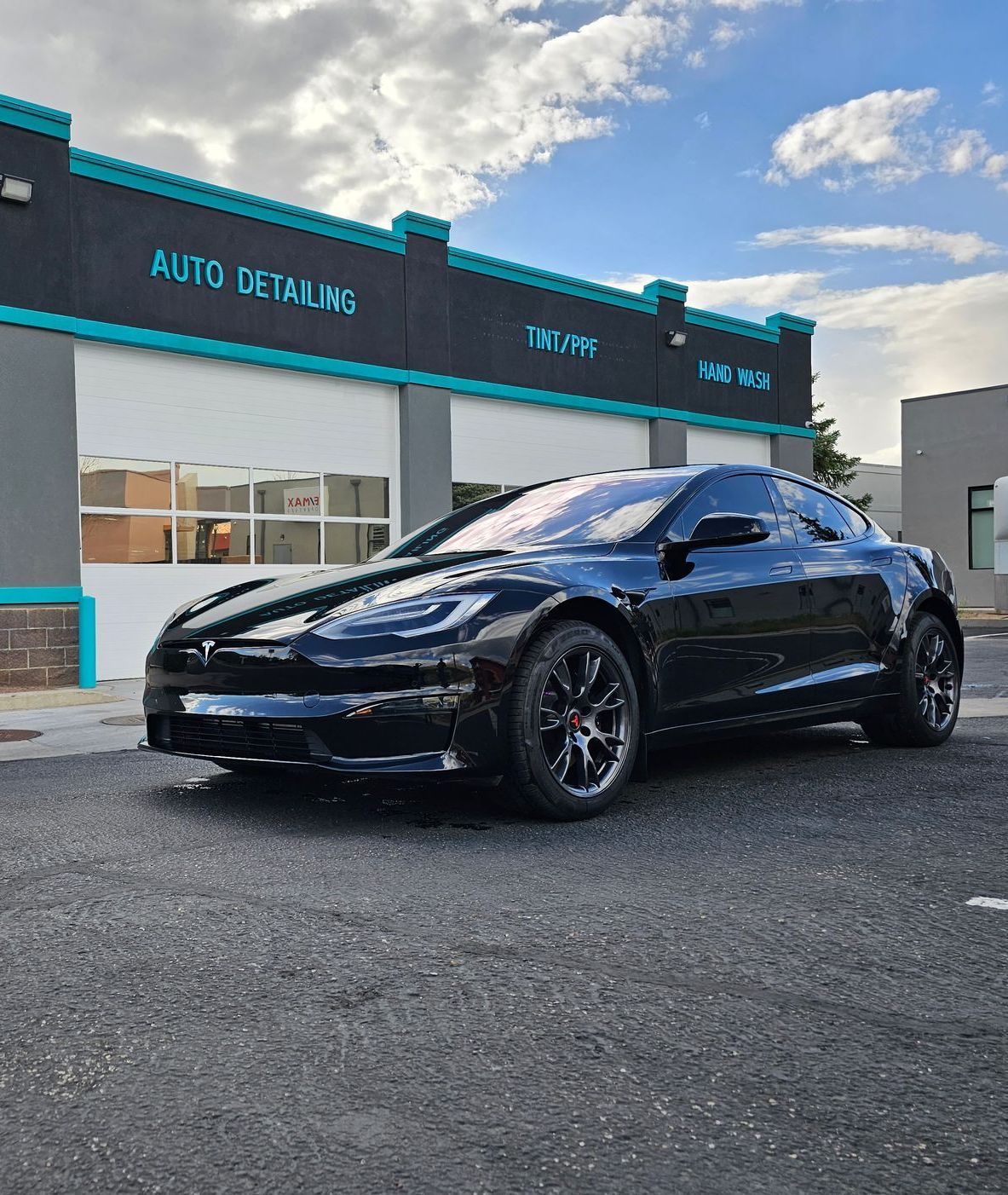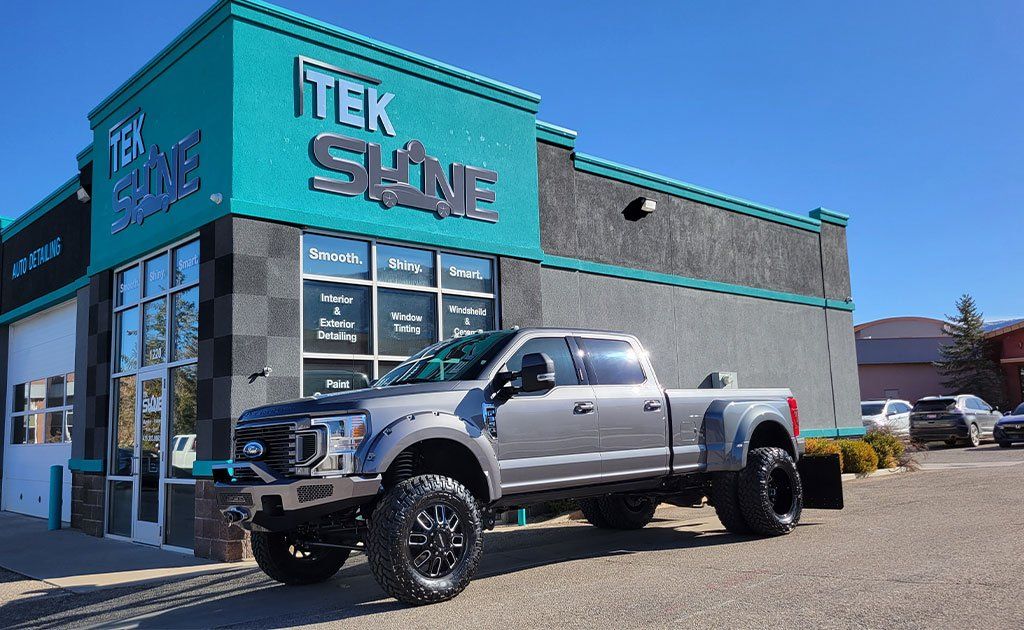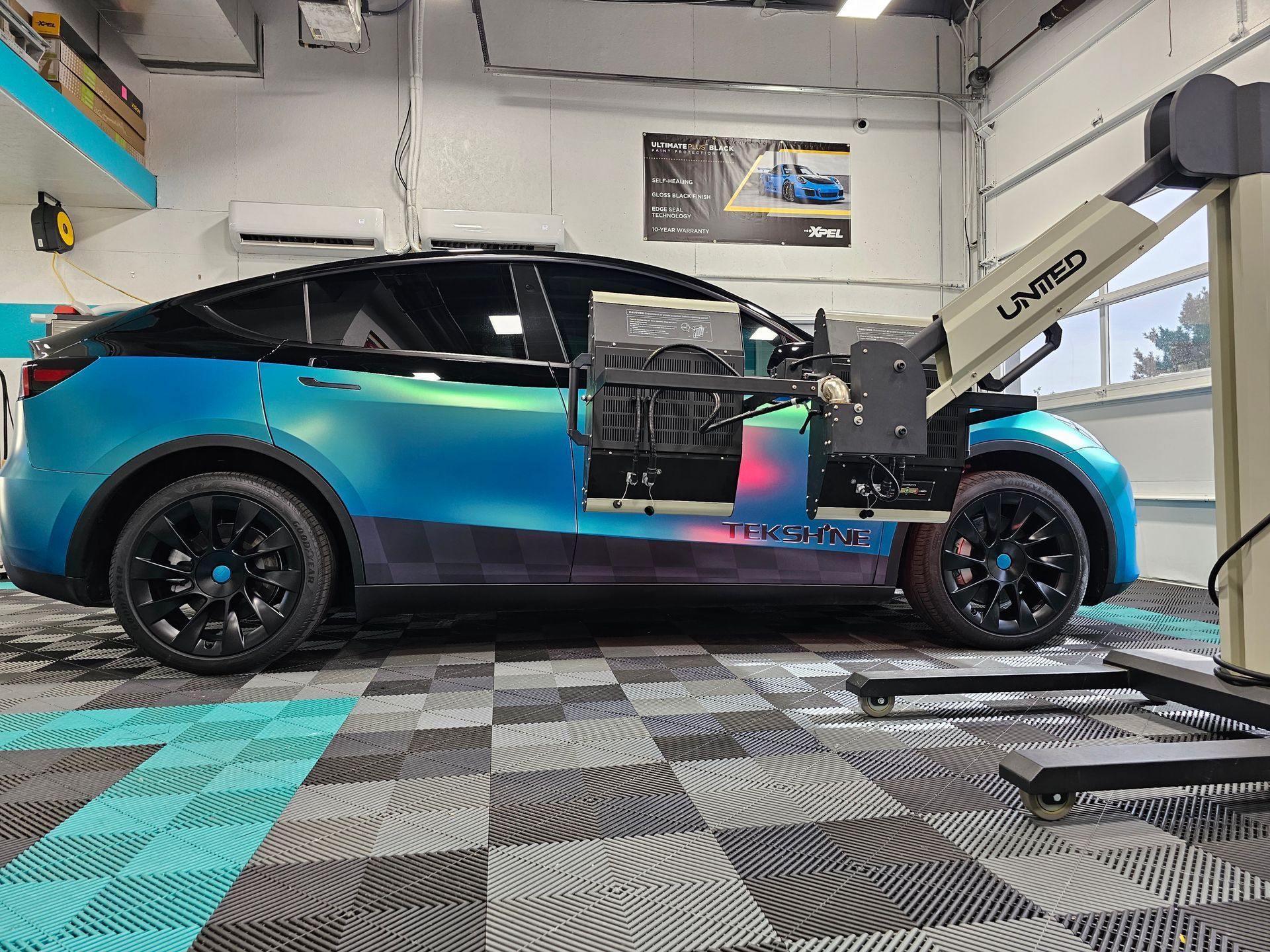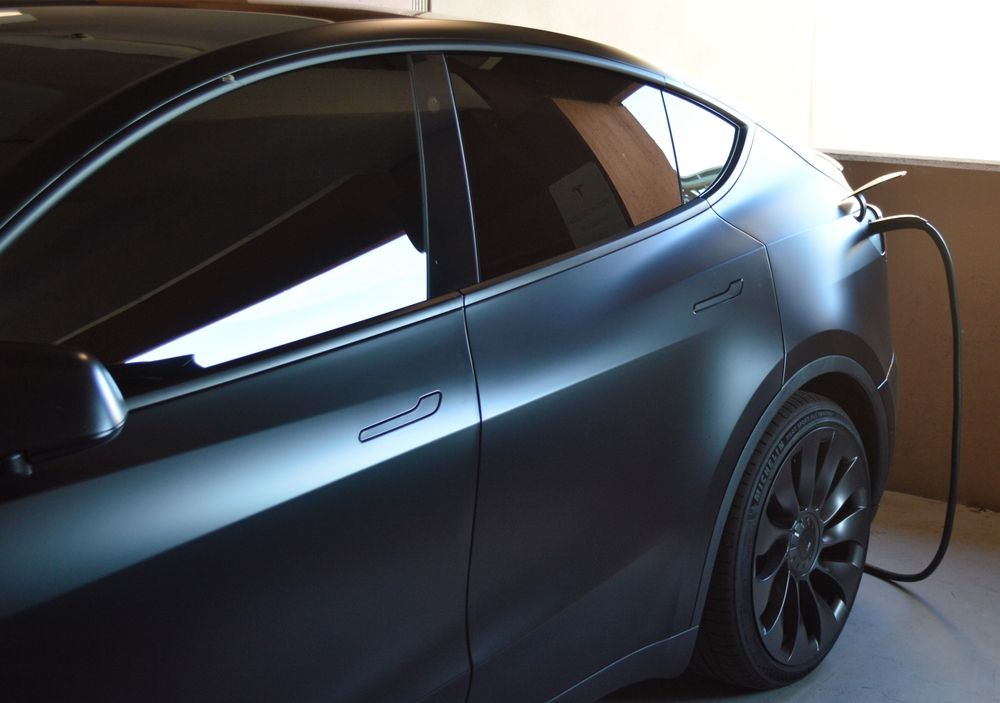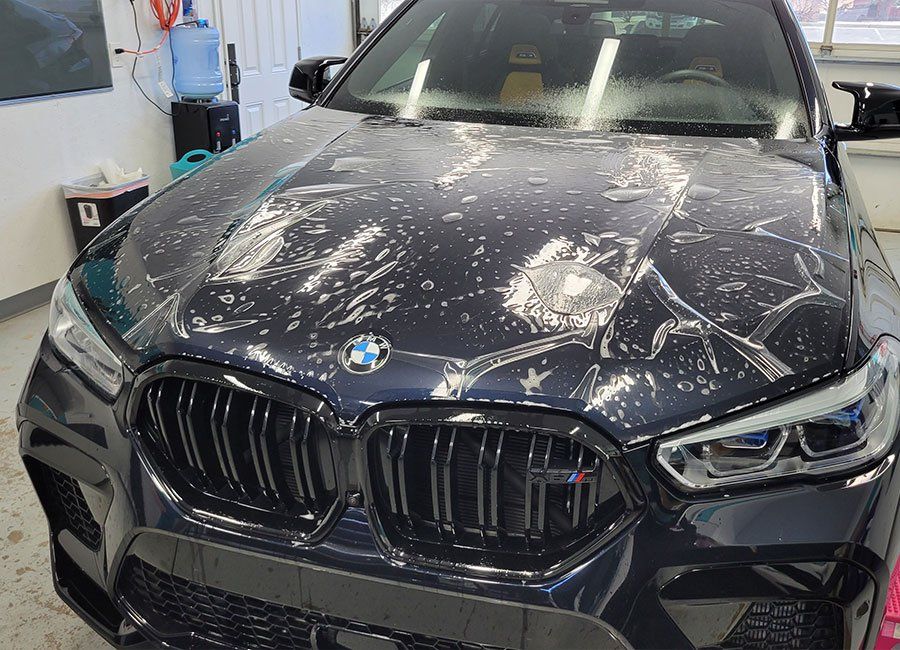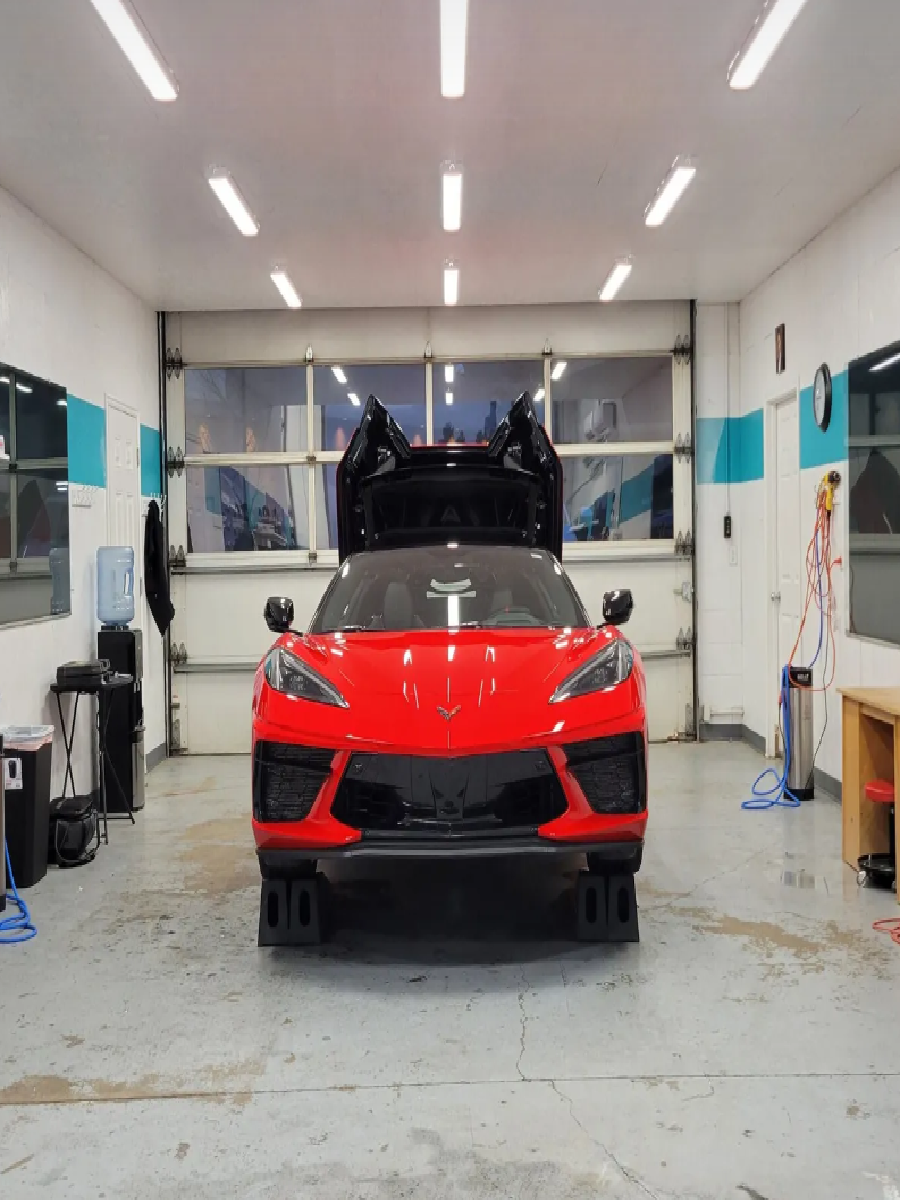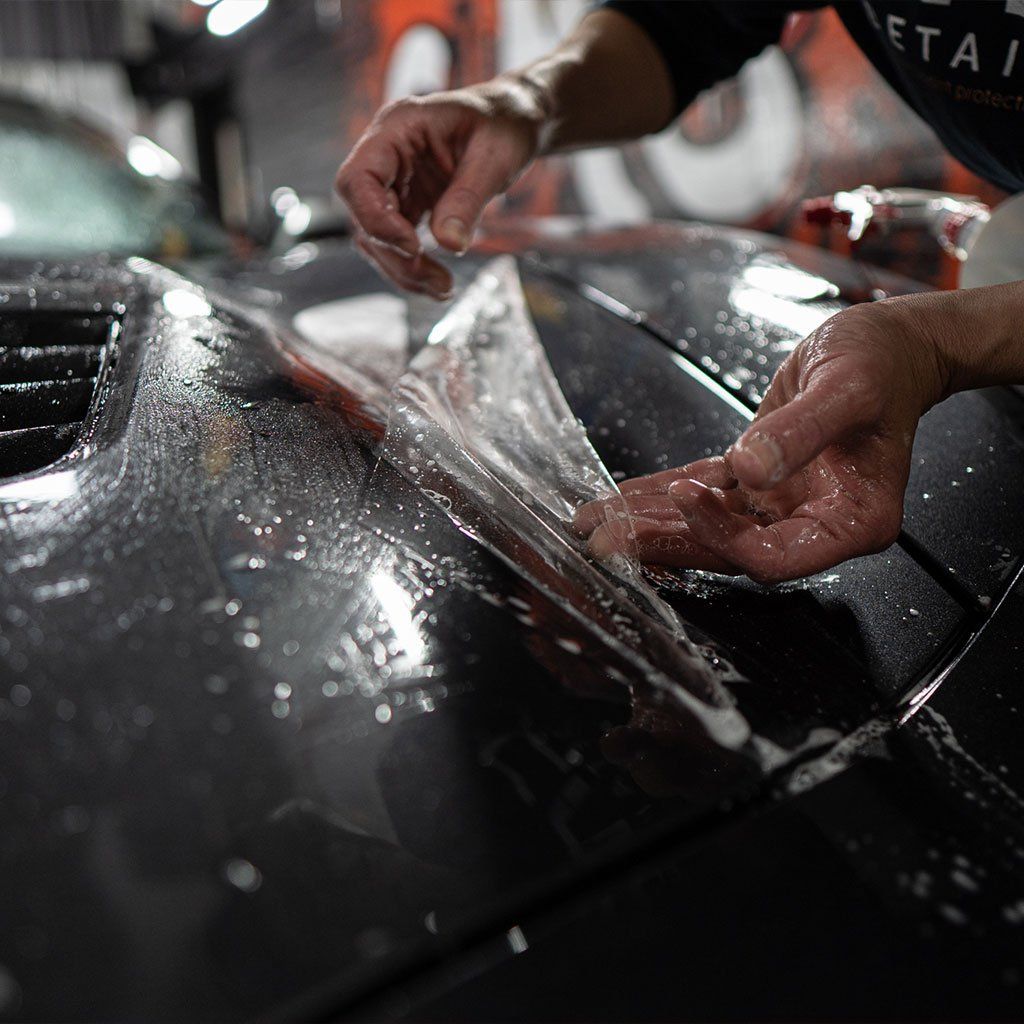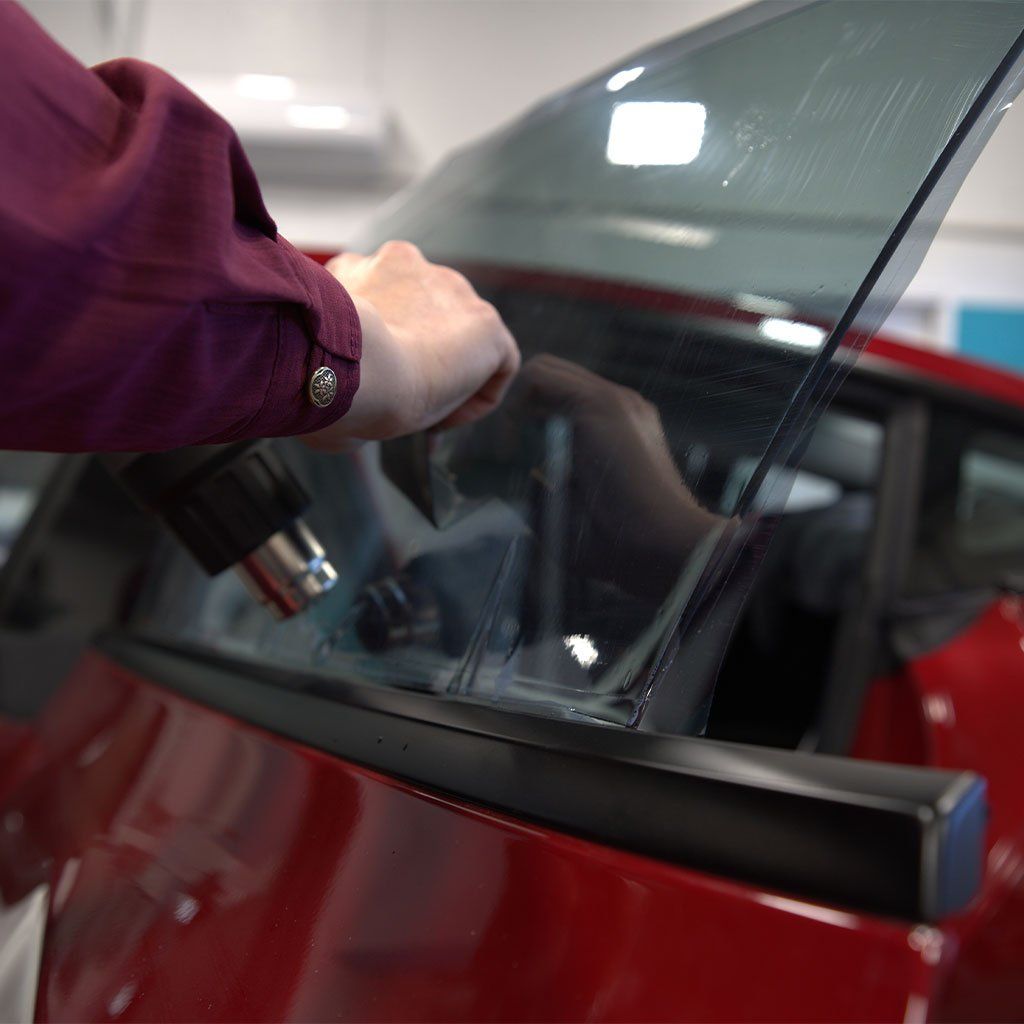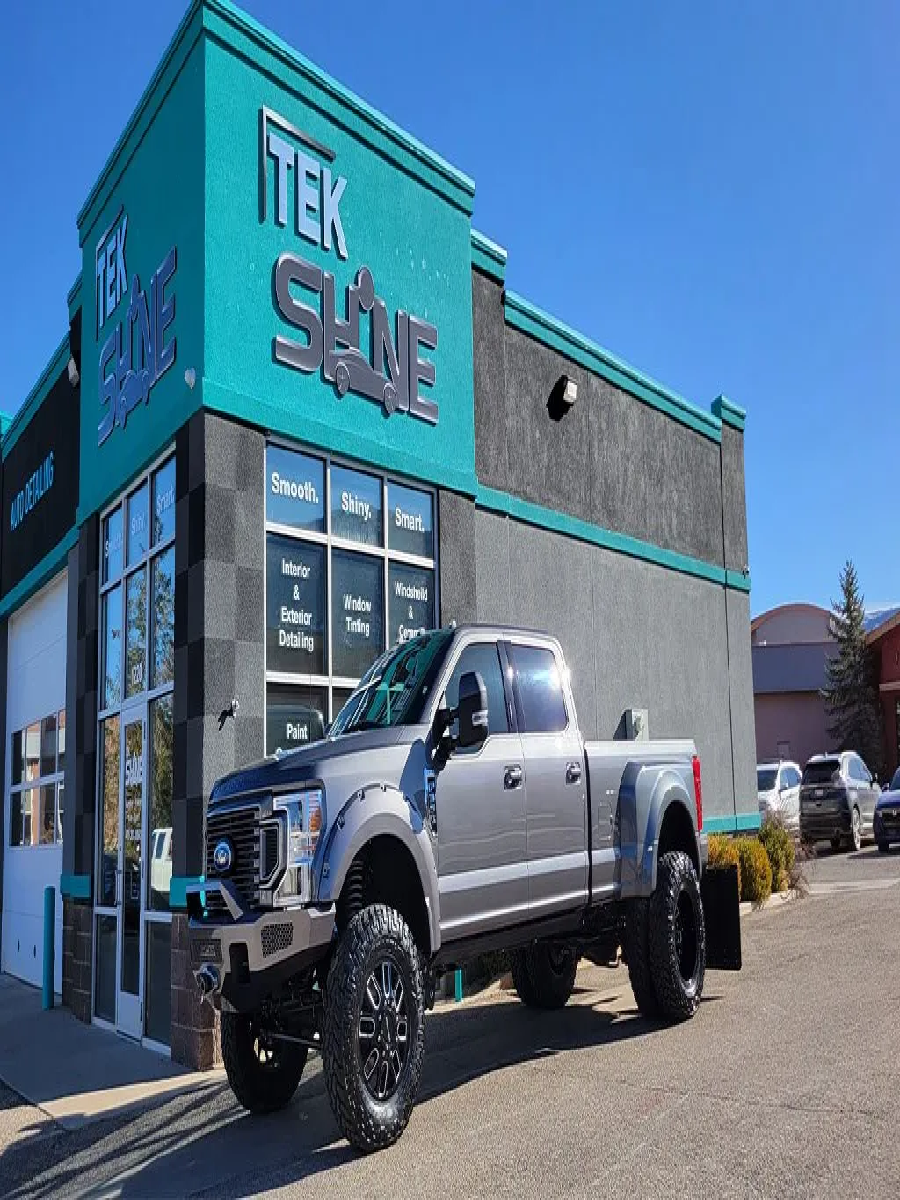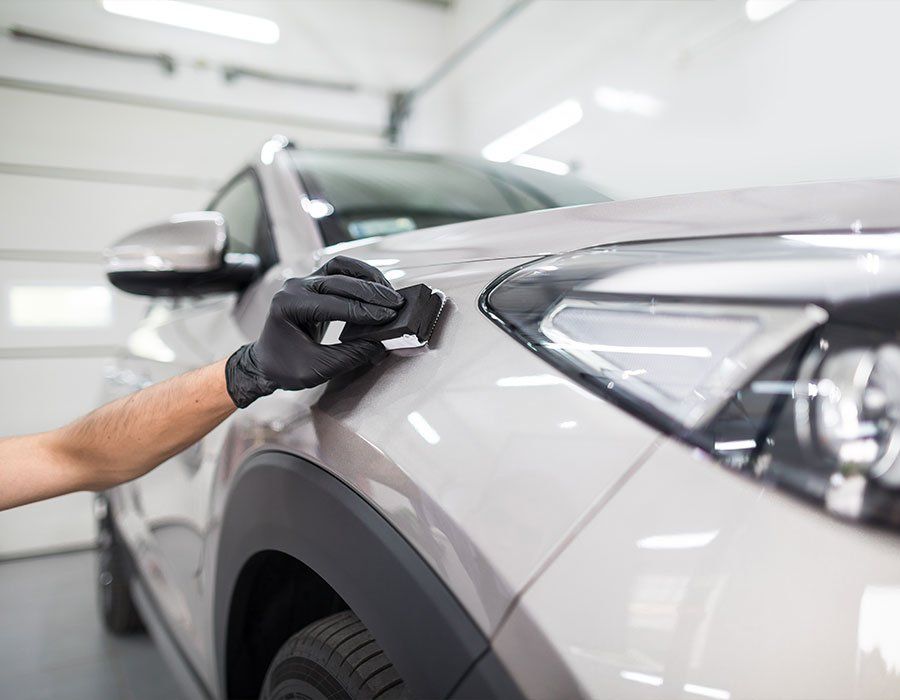Windshield Rock Chip Repair: How It Can Improve Vehicle Safety
CALL (435) 383-8663
When was the last time you took a close look at your windshield? Many of us often overlook the tiny chips and dings on our windshields, viewing them as minor blemishes instead of potential safety hazards. But what if I told you that disregarding these minor imperfections could potentially lead to more significant issues in the future? Not only can small rock chips obstruct your view while driving, but they can also weaken your windshield’s structural integrity, putting you and your passengers at risk during an accident. In this article, we'll explore the importance of windshield rock chip repair and how addressing those pesky little dings can make a significant difference in your vehicle's safety.
Windshield rock chip repair enhances vehicle safety by preventing further damage that could lead to larger cracks or a shattered windshield, thereby maintaining the structural integrity of the vehicle. Additionally, it improves visibility for the driver, reducing the risk of accidents caused by obstructed views, especially in adverse weather conditions.
Understanding Windshield Rock Chips
Windshield rock chips are caused by small debris, such as gravel or pebbles, hitting your windshield at high speeds, often when a car is traveling on highways or rough terrain. You might notice how these seemingly minor damages can become a source of frustration and worry. Imagine a scenario where you are driving carelessly one day, and suddenly, a tiny ding appears, causing your attention to shift from the road to the seemingly insignificant impact. Not only does it diminish the aesthetics of your vehicle, but if left unattended, it can escalate into a much bigger problem.
To effectively deal with rock chips, recognizing the different types is essential. A bullseye, for example, resembles a small circle created by a direct hit. This type of damage is often relatively straightforward to repair and doesn’t usually compromise the structural integrity too severely. In contrast, a star break presents a more complex issue, as it features multiple cracks radiating outward from the point of impact, resembling a starburst. This type can lead to complications if not addressed quickly. Moreover, encountering something like a combination break, which showcases characteristics of both bullseye and star breaks, may require specialized attention for effective repair.
Repairs are not just about fixing the immediate issue; they play an essential role in preserving visibility while driving. Did you know that even minor chips have been shown to reduce visibility by approximately 30%? This reduction places drivers at risk—especially during adverse weather conditions when clear sightlines are critical for safe navigation.
Furthermore, leaving a chip unattended could potentially allow it to expand due to temperature fluctuations or vibrations from rough roads. Repairing small chips early on can restore up to 90% of your windshield’s structural integrity and prevent costly replacements later down the road.
As we explore how these repairs contribute significantly to safety and visibility, let’s shift our focus to understanding the underlying reasons for windshield damage and its various forms.
Causes and Types of Windshield Damage
Road debris is undoubtedly the primary culprit when it comes to windshield damage. This includes everything from small pebbles and gravel to larger stones kicked up by other vehicles, which account for about 70% of all windshield damage cases. As you drive, tires from passing cars can send flying shards toward your vehicle. like little projectiles. If not repaired promptly, these small chips can expand into large cracks that impair visibility and jeopardize the structural integrity of your vehicle during a collision.
Environmental Factors
Weather conditions significantly contribute to the health of your windshield too. Drastic temperature fluctuations can worsen existing damage; for example, parking your car outside in freezing weather and then blasting the heater upon entering can cause a chip to propagate rapidly into a more extensive crack. It’s akin to treating your skin: sudden temperature changes can lead to peeling or cracking.
Accidents are another known cause of windshield damage but constitute only about 10% of cases. Quick jolts during minor fender benders or abrupt stops can lead to cracks forming later on if not properly addressed. Manufacturing defects occasionally play a role, accounting for around 5% of all windshield issues.
Types of Windshield Damage
The types of damage vary greatly, yet windshield chips are the most common form of harm, comprising 60% of all windshield damage cases. Different types include simple chips, star breaks, and bullseye chips, which range in severity and repair difficulty.
- Chips: Generally repairable without needing full replacement if addressed quickly.
- Short Cracks: Representing about 25%, they often spread from chips if left unattended.
- Long Cracks: Making up roughly 10%, these require replacement rather than repair due to their severity.
- Bullseye Chips and Star Breaks: Each accounts for a smaller percentage but calls for specialized attention.
Timeliness matters in repairs because ignoring even a small chip could potentially lead to injuries during an accident—especially if your windshield loses its structural integrity. Addressing these problems swiftly saves money in the long run; after all, it’s much cheaper to fix a small chip than replace an entire windshield. Understanding the causes and types of windshield damage highlights the importance of prompt repairs that enhance road safety while extending the life of your vehicle's glass.
As we consider ways to mitigate these dangers and the impact of repairs on overall safety, it's essential to look at how timely interventions can protect both drivers and passengers while fortifying vehicle resilience against future incidents.
Enhancing Vehicle Safety Through Repairs
Repairing windshield chips is imperative, as it can restore up to 90% of the glass’s original strength, according to a study by Glass America. This restoration is vital because a stronger windshield is much less likely to shatter completely upon impact, preserving driver and passenger safety during an accident. Ignoring small chips may seem harmless, but those seemingly insignificant damages can develop into larger cracks over time, potentially leading to catastrophic situations where the windshield's integrity is compromised.
When professional repairs are conducted, they often involve injecting a special resin into the chip. This resin penetrates deep into the damaged area and cures, effectively bonding the glass layers together. This process not only reinforces the structure but also helps maintain visibility by preventing distortion in the repaired area—a key factor that promotes overall safety.
Structural Integrity
The role of the windshield goes beyond providing a clear view while driving; it contributes as much as 30% of your vehicle's structural strength during crashes. Even a small chip can have significant ramifications, weakening this critical support. Think of this as akin to a dam; if even a minor crack appears in its walls, the entire structure could be at risk of failure under stress.
While enhanced safety through repairs is indeed essential, understanding the financial implications of neglecting such damage can be equally important when considering long-term vehicle maintenance. Turning our attention now to balance these considerations further explores how repair costs stack up against other expenses drivers may face.
Repair Costs vs. Replacement Expenses
The stark contrast between repair costs and full replacement expenses is one of the most compelling reasons to prioritize repairing rock chips in your windshield when it comes to vehicle maintenance. On average, repairing a chip usually sets you back around $60 to $100. This significantly differs from the potential cost of replacing an entire windshield, which can range up to $1,000 depending on your vehicle model. Just imagine that difference! Many people find themselves shocked when they first learn that something as simple as a tiny chip could lead to much larger expenses if neglected.
Many insurance policies cover repairs for rock chips with minimal or no deductible. This means not only do you save on immediate costs, but you're also preventing potential out-of-pocket expenses for a full windshield replacement down the road.
Think about it: opting for a quick repair not only safeguards your vision while driving but also keeps your wallet happy.
Now, for those who are looking to maximize their savings even further, exploring convenient solutions for minor windshield repairs can serve as a gratifying option without sacrificing quality.
DIY Repair Kits: A Step-by-Step Guide
Utilizing a DIY repair kit for windshield chips can be a cost-effective solution that empowers you to maintain your vehicle’s safety and visibility. The process might seem daunting at first, but breaking it down into simple steps makes it manageable for anyone. This hands-on approach not only allows you to save money but also gives you the satisfaction of taking care of your vehicle yourself.
Step-by-Step Process
First and foremost, preparation is key. Before starting the repair, it's essential to clean the area surrounding the chip. Use a microfiber cloth to remove any dirt or debris that may have settled there. By ensuring that the surface is clean, you allow for better adhesion of the resin, which is vital for a successful repair. Skipping this step may result in an ineffective filling of the chip.
Next, it's time to apply the resin. Most DIY kits come with an injector applicator that fits right onto the chip. Carefully follow the instructions provided; typically, you'll need to inject the resin directly into the opening of the chip. Take your time with this—ensuring it fills all crevices will help restore the structural integrity of the windshield.
Once you've applied the resin, it’s crucial to cure it properly. Many kits recommend using a UV light, but if you’re working during daylight hours, parking your vehicle in direct sunlight is an excellent alternative. The curing process generally takes about 10-15 minutes with either method, but always check your kit's specific recommendations for optimal results.
As you observe the resin cure, prepare for the next step by gathering any needed tools to remove excess resin. After the curing time has passed, use a razor blade or included scraper tool from your kit to gently scrape away any overflowed resin on the surface of your windshield. A smooth finish not only improves aesthetics but also prevents future cracking by limiting stress points around the repaired area.
Finally, take a moment to inspect your work. Ensure that the chip has been fully repaired and that clarity is restored to your windshield. It’s important at this stage to double-check for any missed areas or uneven surfaces—these details matter both for appearance and functionality.
These DIY kits generally cost around $20–$30, making them a budget-friendly option for addressing minor chips quickly and easily.
Understanding how these repairs contribute to ongoing safety remains an essential aspect of vehicle maintenance. Prioritizing these services contributes significantly to safe driving practices and overall vehicular longevity.
Long-Term Safety Benefits
Addressing windshield rock chips promptly is not just about aesthetic appeal; it has critical implications for your safety as a driver. When you repair a chip, you're significantly enhancing the structural integrity of your windshield, which plays a crucial role during accidents. Even minor damage can weaken this vital barrier, making it susceptible to larger cracks that can compromise its ability to protect you and your passengers when it matters most.
For instance, statistics indicate that vehicles with intact windshields are 50% less likely to experience severe injuries in rollover accidents. This statistic emphasizes how important it is to maintain the clarity and strength of your windshield by addressing any damage before it worsens. After all, a clear view can save lives; obstructed vision is a leading cause of accidents, contributing to 30% of vehicle accidents due to driver distraction.
Moreover, timely repairs can mitigate the risk of injuries during an accident by preventing extensive shattering that could result from neglecting small chips. Just imagine driving down a highway when suddenly, a rock strikes your windshield. If that chip remains unattended and expands, it’s not just the discomfort of having to peer through disrupted glass you have to consider; it’s that second of hesitation while you’re distracted that could lead to disaster.
Some may be tempted to argue that repairing minor chips might seem like an unnecessary hassle or expense, especially if they feel confident driving with minor damage. Yet, this perspective fails to account for the long-term cost savings of catching issues early—repairing a windshield chip ranges from $50 to $150 compared to the often exorbitant costs exceeding $300 for a full replacement. Moreover, insurance companies often fully cover these minor repairs, making them a cost-effective choice.
As technology continues to evolve, we anticipate even more advanced repair techniques that will make addressing windshield rock chips quicker and more efficient. This not only promises increased convenience but also underscores our collective responsibility as drivers to ensure safer roads for everyone.
In summary, prompt repair of windshield chips is vital for maintaining vehicle safety and structural integrity. For any inquiries regarding rock chip repair or to schedule a service, don’t hesitate to call us at (435) 383-8663 or visit TekShine.

